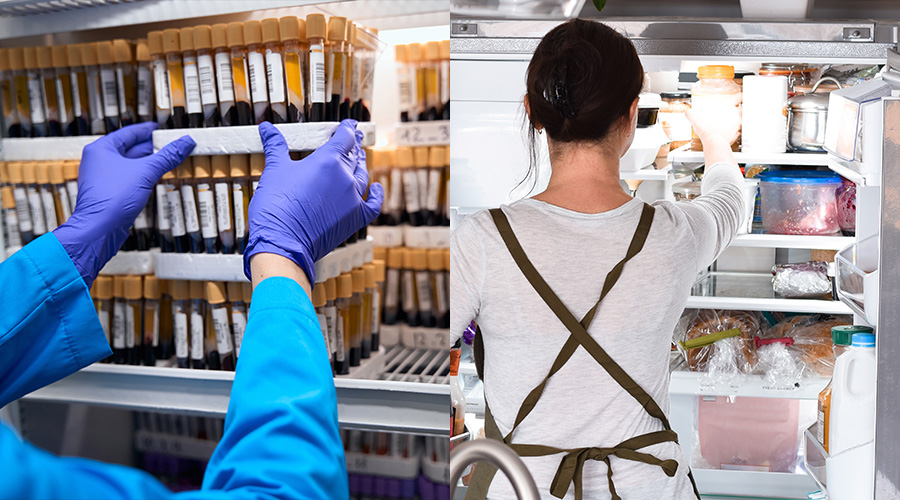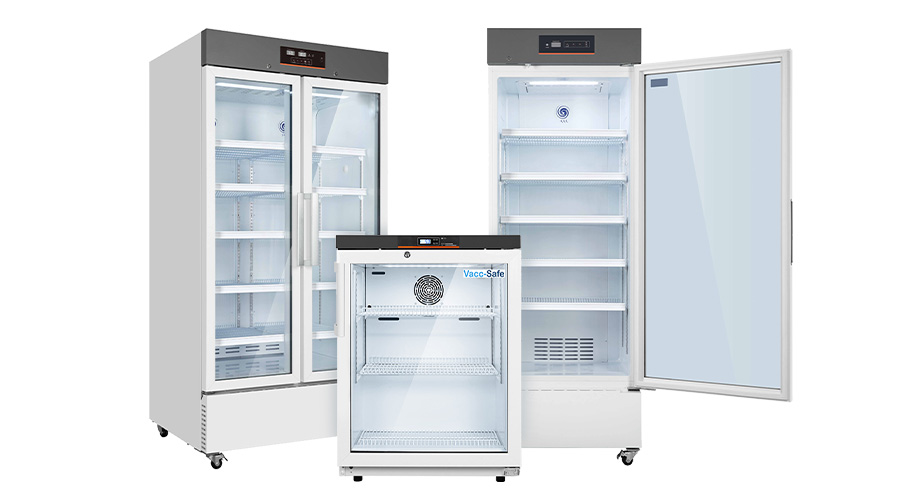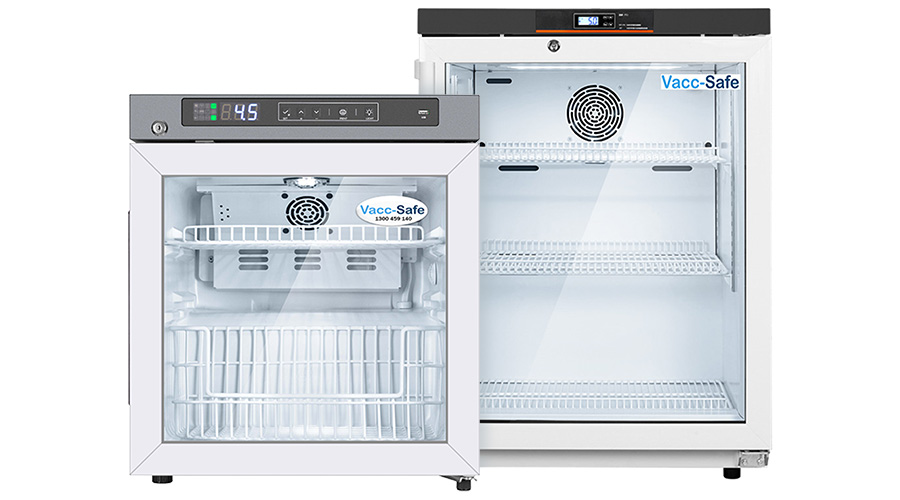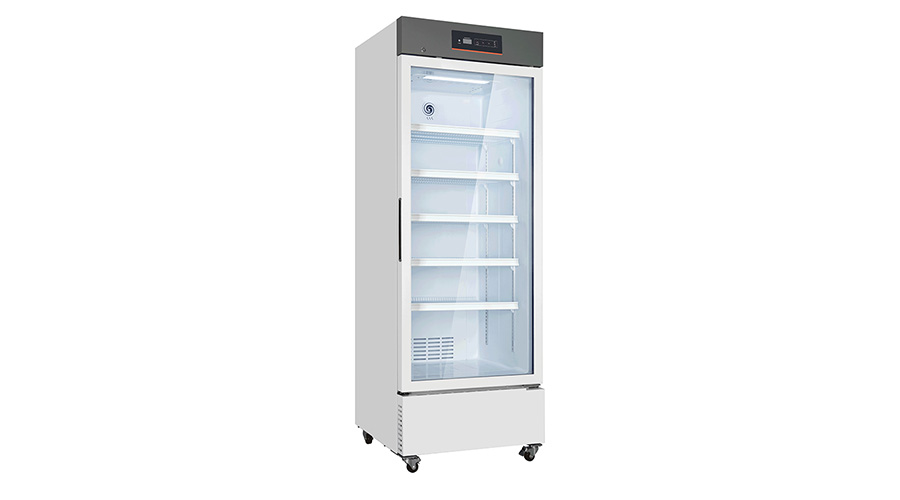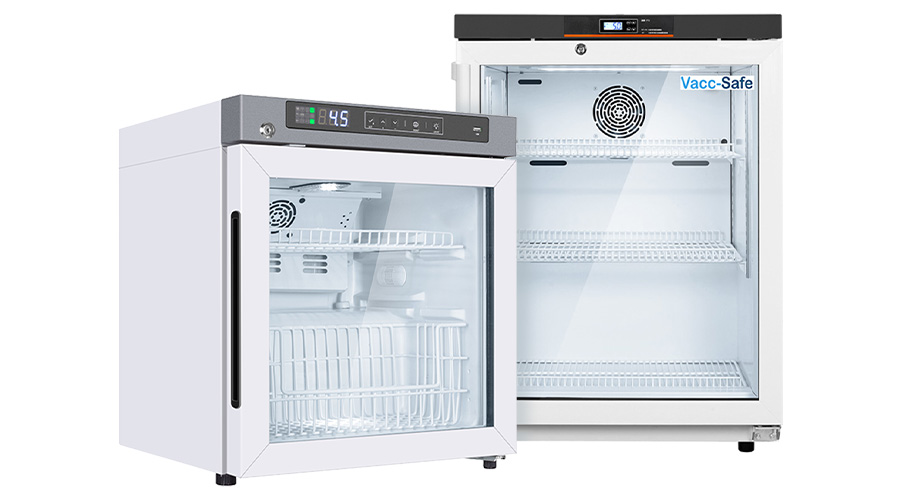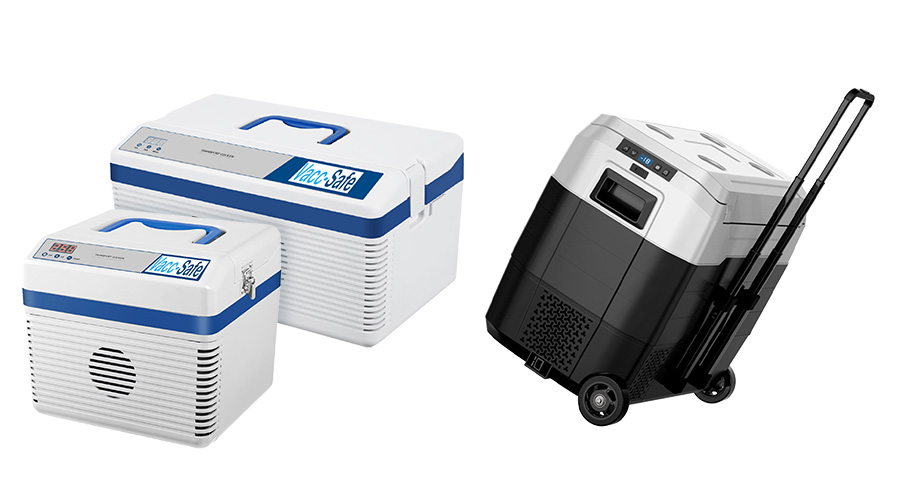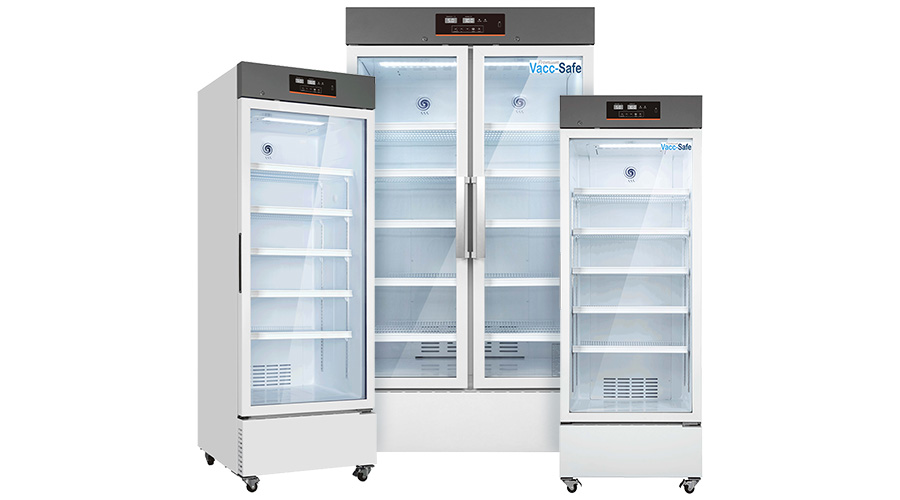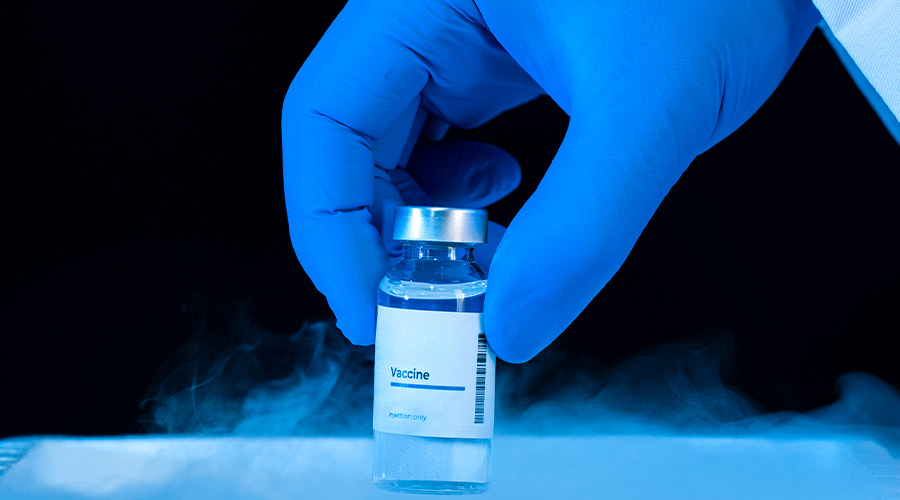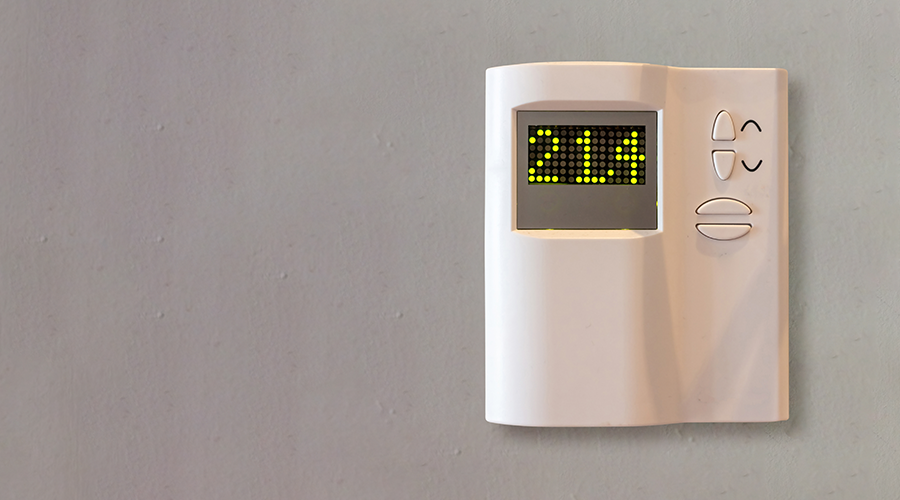Medical fridges are vastly different from normal fridges and vital for the safekeeping of certain medications, vaccines and biological samples. The purpose of both types of fridges is to keep items cold and free from contamination. However, medical fridges provide a greater level of security and temperature control than normal fridges and are an essential piece of equipment in healthcare. Domestic fridges are designed for safe food storage, while medical-grade fridges are purpose-built to meet the strict standards required to ensure reliable and consistent storage of medical supplies. In this article we explain what a medical fridge is, the difference between a medical and a normal fridge, and the types of medical fridges available.
What is a Medical Fridge?
A medical fridge is a specialised piece of equipment designed for the purpose of storing vaccines, pharmaceuticals, and medical products that require precise and constant temperature control. It is an essential piece of equipment found in hospitals, pharmacies, doctor’s surgeries, vets, and cosmetic clinics. Vaccines and other medical supplies must be stored between +2°C to +8°C, which is a strict management protocol governed by the National vaccine storage guidelines. Maintaining this temperature is essential to avoid medicines and vaccines being damaged or spoiled. Dedicated medical fridges are designed with sophisticated features and technology to ensure uninterrupted temperature control for safe storage.
Difference Between a Medical Fridge and a Normal Fridge
A medical fridge and a normal fridge may look similar and are designed to cool items. However, there are substantial distinctions between the two. Read on to discover the different features of each.
Medical Fridge
- Temperature precision. Precise temperature control is essential for the safe storage of temperature-sensitive medical supplies, down to the level of the ambient room temperature, which should be no more than +25°C for optimum medical supply storage. A medical fridge is designed to maintain the exact temperatures required to keep medicines and vaccines free from harm and spoiling. It has a refined temperature control system that ensures temperatures remain at the National vaccine storage guidelines requirements of +2°C to +8°C. Without it, any temperature variation can cause certain medicines and vaccines to lose their effectiveness or become unsafe to use. Additionally, the temperature in medical fridges is constantly monitored through sensors to ensure little to no fluctuation.
- Vacc-Safe Premium Refrigerators are leading the way in temperature precision technology, using top cooling units which produce an air curtain to prevent outside heat from entering the fridge when the door is open. As well as advanced microcomputer temperature control technology that boasts record breaking accuracy of only 0.1℃ in potential variance. Heated doors also contribute to temperature precision by reducing condensation and increasing visibility for adequate viewing of products inside the fridge without having to open the door.
- Temperature alarms. Medical fridge alarms alert staff immediately to any variations in temperature from the recommended range. Temperature deviations can occur for anything from a simple loose door to a more serious mechanical problem, and it is essential that they are addressed immediately to prevent loss of medical supplies. Alarm systems can be audible, visual and remote and are an essential feature of medical fridges. They can alert users to other issues, such as power failures or low battery notifications.
- Temperature display. Temperature displays constantly monitor the internal temperature of the fridge and need to be read twice a day and recorded for both the highest and lowest temperatures. Most medical fridges today have displays on the outside of the unit, which means you don’t need to open the door to check and record the temperature. The external digital monitor with an LED screen displays the temperature inside the fridge. The monitor should display a temperature between +2°C to +8°C inside the fridge. Manual checking and logging of the information is an extra backup to the other temperature monitoring systems.
- USB data logger. Data loggers record temperature readings by electronic means. They do this at regular intervals and document information on a USB device. Users can transfer the stored data to a computer or tablet. A data logger can determine if a medical fridge has dipped below the recommended temperature or exceeded it.
- UPS backup power source. Uninterruptible power supply (UPS) for medical fridges is a backup power source that will protect medicines, vaccines and biological samples from a power outage by keeping the refrigerator operating. It is a critical factor in ongoing security of medical supply storage. If the power stops, the temperature in a medical fridge lasts for less than 30 minutes, resulting in a cold chain breach which is why a backup power source is essential.
- UPS backup solutions have evolved over the years and there are now built-in systems in medical fridges as well as additional external UPS battery backups available to buy. When choosing a UPS system, it is important to take into account power capacity, run time and battery life as these will impact the efficiency of the backup power source.
- Licensing and certification. Medical fridges need to meet licensing and certification standards which set the guidelines for temperature control, stability, and equipment performance amongst others. The safe storage of medical supplies is essential and the strict licensing and certification criteria means devices are at the highest standard of quality and safety.
- Regulation compliance. Medical fridges are subject to regulation compliance which means they are regularly checked to make sure they are fulfilling the legal requirements for medicines and supplies to be stored securely and safely. This means regularly reporting checks that demonstrate the fridge’s temperature control, storage conditions and temperature monitoring. Adhering to regulatory compliance may also help avoid any potential legal consequences of non-compliance.
- Locks & security. The sensitive nature of medicines and vaccines require medical fridges to have a heightened security. A medical refrigerator should come with a lock fitted to prevent easy access. Most commonly, these are key locks but some fridges have electronic access that uses pins or passwords.
- Storage capacity. Medical fridges are designed for maximum, safe storage capacity and air flow. Adjustable shelves or drawers are designed to maximise air flow and ensure temperature uniformity. Many medical fridges have wire shelves or shelves with perforated holes, or drawers with solid fronts and wire interiors that protect medical samples from ambient temperatures.
Household Fridge
- Temperature fluctuations. Normal household fridges are designed for food storage and do not have the same temperature stability as medical fridges. Temperatures in domestic fridges can vary dramatically which is not suitable for sensitive items like vaccines and medications. Often a normal fridge will be opened and closed several times during the day, causing dramatic temperature fluctuations.
- No regulation compliance. Unlike medical fridges, normal fridges are not subjected to strict guidelines and regulatory compliance. They do not have the regulations for storing medical products safely. Domestic fridges can safely store food in a less stable temperature environment.
Types of Medical Fridges Available
There are a variety of medical fridges available with their own storage capabilities. The ideal medical fridge will depend on individual needs and the space available. We explore the different types of medical fridges and what they are suited to.
This medical fridge is compact and ideal for vet clinics, cosmetic clinics, doctors or pharmacies. It is suitable for storing vaccines, medicines and laboratory products between +2°C and +8°C, and the probe is accurate to 0.1°C.
Additional features: Built-in battery backup, security, LED display, self-closing door, USB data logging, lockable.
The 350L fridge has a wide variety of uses, for everything from vaccines and medicines to laboratory samples products like blood samples requiring storage between +2°C and +8°C. Ideal for larger storage requirements, this has the benefit of strong cooling airflow from the top to the bottom, which helps prevent the temperature in the cabinet from rising rapidly. This also contributes to better temperature uniformity performance with variations less than 2°C.
Additional features: Self closing door, security, LED display panel, built-in air duct, DC turbo fan.
Many cosmetic products used for non-invasive cosmetic procedures require medical fridge storage and this is purpose built for the safekeeping of cosmetic injectables. Like vaccines, botox must be stored in a strict temperature environment of +2°C to +8°C. This medical fridge provides detailed accuracy for cosmetic storage with a temperature range of +2°C to +6°C.
Additional features: Battery backup, security, lockable, LED display panel, USB data.
Designed for the safe and easy transportation of vaccines, blood and other biomedical products, these portable medical fridges are compact and reliable. These portable medical fridges feature handles for convenient lifting and easy relocation of samples and vaccines. They are lightweight, and available in 6, 12 and 50 litre. The 6 and 12 litre options are suitable for transportation on aircraft due to having no compressor.
Additional features: Security, LED display panel, built-in backup battery.
With a large storage capacity, these medical fridges can suit all medical supplies with temperature requirements between +2°C and +8°C in pharmacies, hospitals, medical clinics and laboratories. They range in size from 350 litres to 1006 litres, and have temperature variations of less than 2°C.
Additional features: Built-in battery backup, security, LED display panel, DC turbo fan, USB data logger, high precision temperature control, strong cooling airflow.
Ensuring medicines, vaccines and biological samples are safely stored is imperative for doctors, hospitals, laboratories, pharmacies, vets and cosmetic clinics. The only way to ensure safe and secure storage is with a medical fridge. Our guide explains what medical fridges are and when they are necessary to help you decide on which type of fridge you might need. Further information is available from Vacc-Safe, the experts in medical refrigeration.
